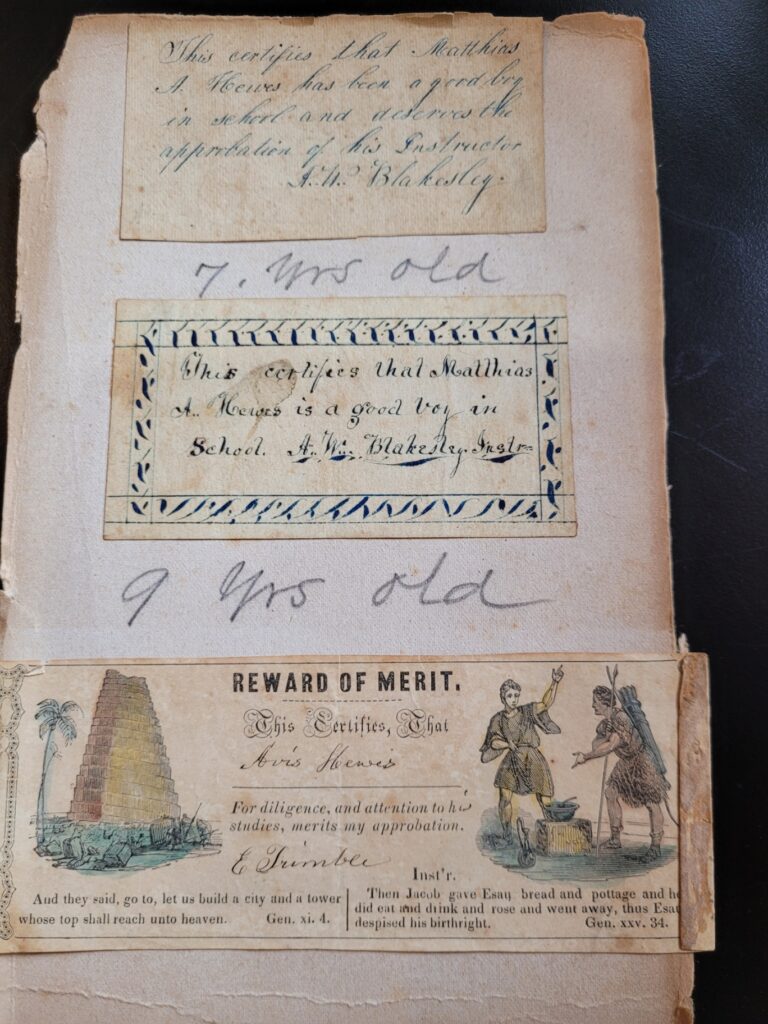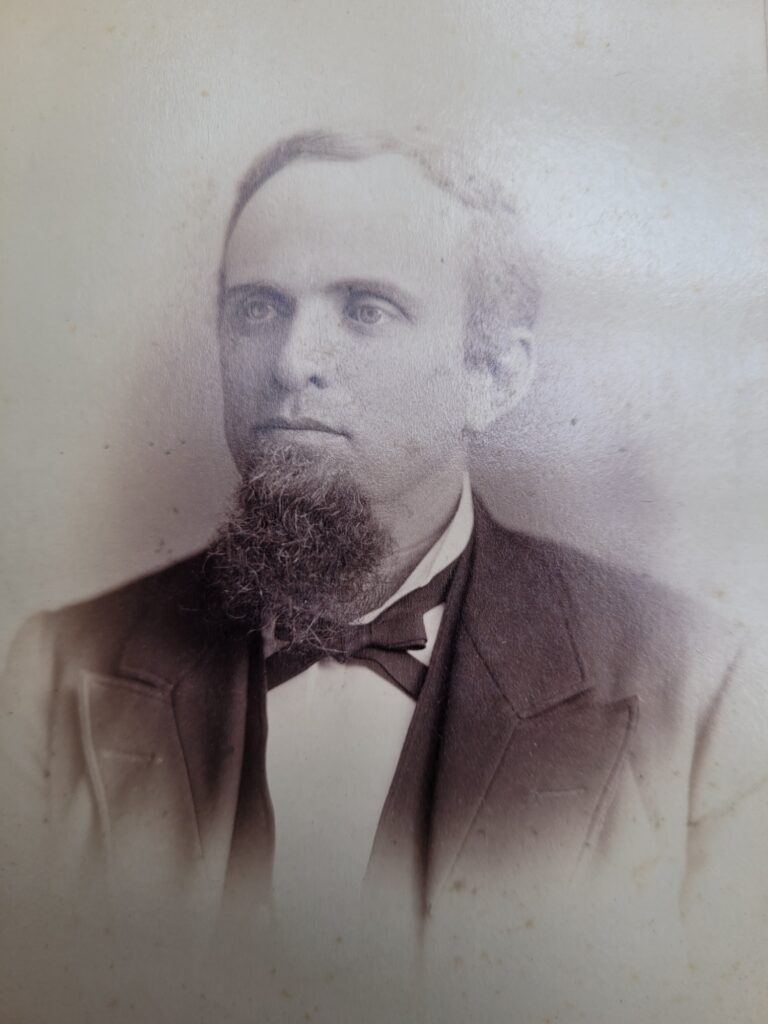
When I was three years old I would sit next to my grandfather on the big green couch in our sun porch each morning after breakfast. He would read to me from my favorite book of nursery rhymes until he decided we needed some new material. Then he would rise from the couch and cross the room to his oak secretary with its glass bookcase and mirror above. Inside were books, maps and pictures of faraway places and people. In front of the mirror was my grandfather’s globe. He would hold this object, a mystery to me, and gently turn it to reveal a world I was yet to discover.

In spite of the passage of more than seventy years, this early connection with my grandfather and the vivid memory of his enthusiasm for the larger world made the discovery of his letters decades later, written between 1891 and 1914, a kind of reunion. Reading the letters that he wrote to his family from India reveals the complexity and adventure of a life on a new continent.
Finding the Letters
I found the letters in 1991 when I took on the task of selling my childhood home. This house was large Dutch colonial with a basement, attic and garage in addition to the usual living areas as well as my favorite room, the sun porch.
The accumulation of furniture, pictures and mementos from three generations made the work more like an archeological dig than simply emptying a house. In the attic were dressers with drawers long vacant of their original contents. In them were pictures of family members and events. Though I couldn’t always remember them, I did recognize them. Below these were more pictures – were these of my family? Finally, below these were daguerreotypes and tiny metal pictures with men in civil war uniforms and women in long dresses wearing bonnets. Fatigue and the pressure of time dimmed my curiosity about these ancient family members and so, into a box these went to be sorted and hopefully identified later.
By the time I got to the garage, my enthusiasm for family history was flagging. The garage posed a different challenge. Bags of solidified concrete blocked my access to three steamer trunks from the 19th century. After getting help hauling the concrete, I was able to reach the trunks. My grandparents used these to transport their belongings on their final return to the U.S. in 1914.
The first letters I found were from my great-grandfather to Lucknow, India, where my grandfather was first located. Tied with string and stored in metal biscuit tins this first group of letters was from my great-grandfather in Saybrook, IL to my grandfather in Lucknow, India.
My grandfather wrote to his parents each week from 1891 when he boarded The City of Chicago steamer for Liverpool, England until his return from India in 1914. His father wrote in response each week until his death in 1903. Both my grandfather and my great-grandfather carefully saved all these letters keeping them in their envelopes, maintaining their order and guarding against accidental loss or damage. I went on to find more letters in desk drawers and filing boxes over 1,000 in all.

These letters form an account of my grandfather’s life from age 29 when he set sail from Jersey City on The City of Chicago steamer, until his return to Quincy, Illinois in 1914.
It is my goal to publish weekly blog posts using the letters my grandfather wrote and the photographs he made to recount his experience raising a young family in the shadow of the Himalayan Mountains of northern India.

